Optimal Timing for Foundation Repairs

Ways to make Foundation Repairs work in tight or awkward layouts.

Popular materials for Foundation Repairs and why they hold up over time.
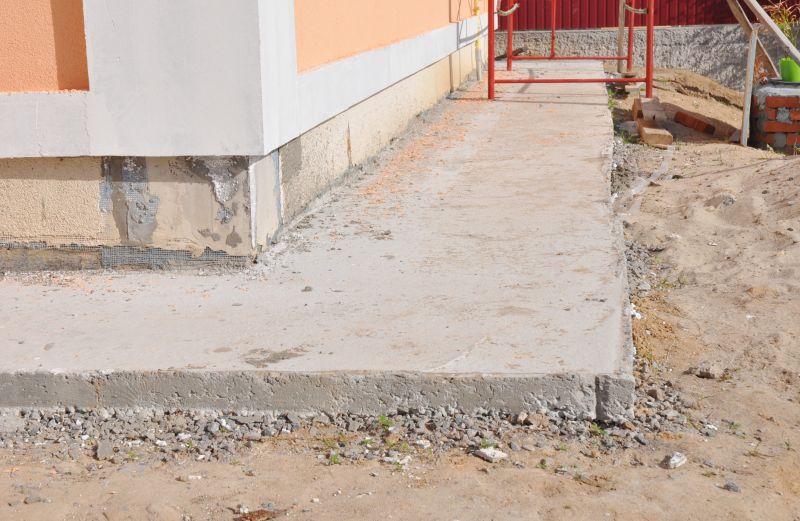
Simple add-ons that improve Foundation Repairs without blowing the budget.
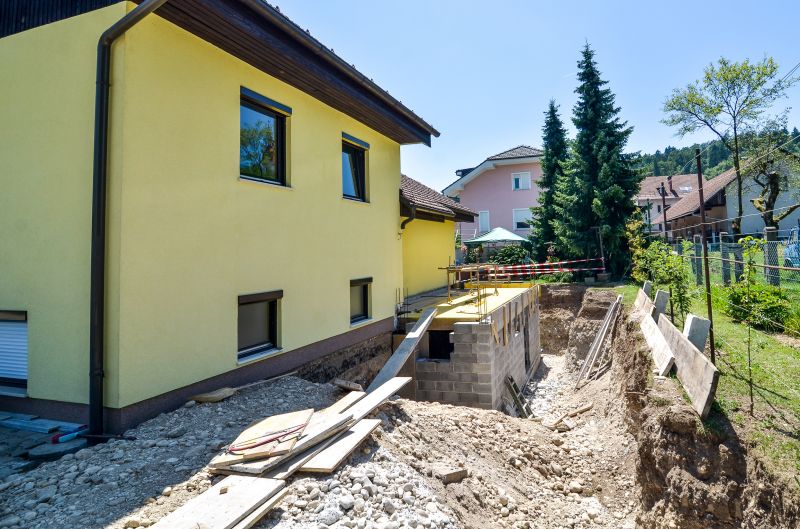
High-end options that actually feel worth it for Foundation Repairs.
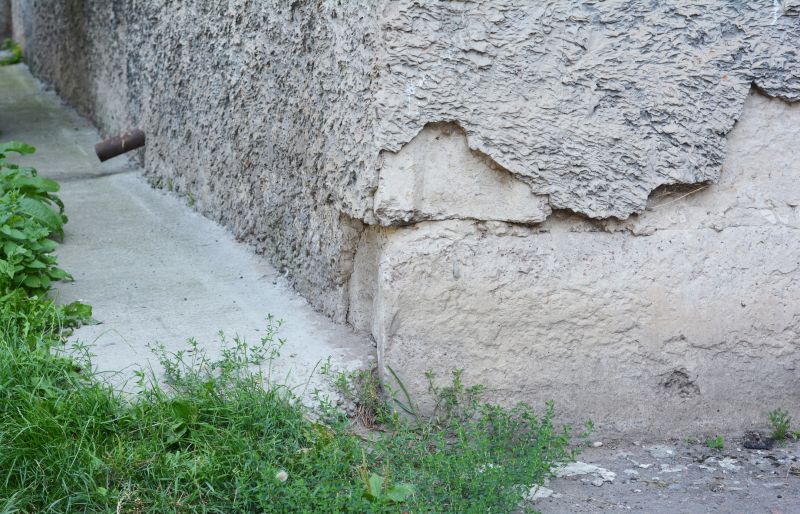
Finishes and colors that play nicely with Foundation Repairs.

Little measurements that prevent headaches on Foundation Repairs day.
Foundation repairs are essential for maintaining structural integrity and preventing further damage to a property. The timing of repairs can impact their effectiveness and cost. Generally, the best time for foundation repairs is during dry, stable weather conditions when soil movement is minimal. This helps ensure that repairs are durable and less prone to shifting caused by moisture fluctuations.
In regions with significant seasonal changes, scheduling repairs in late summer or early fall can be advantageous. During these periods, soil moisture levels tend to stabilize after the peak of summer heat and before winter's freeze-thaw cycles. Proper timing minimizes the risk of new foundation issues developing shortly after repairs.
Spring can be suitable for repairs if soil moisture levels are manageable. However, heavy rains may cause soil movement, potentially affecting repair stability.
Summer offers warm, dry conditions ideal for foundation work. Avoiding the peak of summer heat can prevent delays caused by extreme temperatures.
Fall provides cooler weather and stable soil conditions, making it a preferred season for foundation repairs.
Winter is generally less ideal due to frozen ground and limited access, but in mild climates, repairs can be scheduled with proper planning.
| Season | Optimal for Foundation Repairs |
|---|---|
| Spring | Conditional, depends on soil moisture |
| Summer | Yes, especially during dry spells |
| Fall | Yes, ideal for stable soil conditions |
| Winter | Less suitable, unless in mild climates |
Foundation repairs involve various techniques such as underpinning, piering, and stabilization to address issues like settling, cracking, and shifting. Proper timing ensures these methods are most effective, reducing the need for future repairs and safeguarding the property's value.

A 60-second routine that keeps Foundation Repairs looking new.
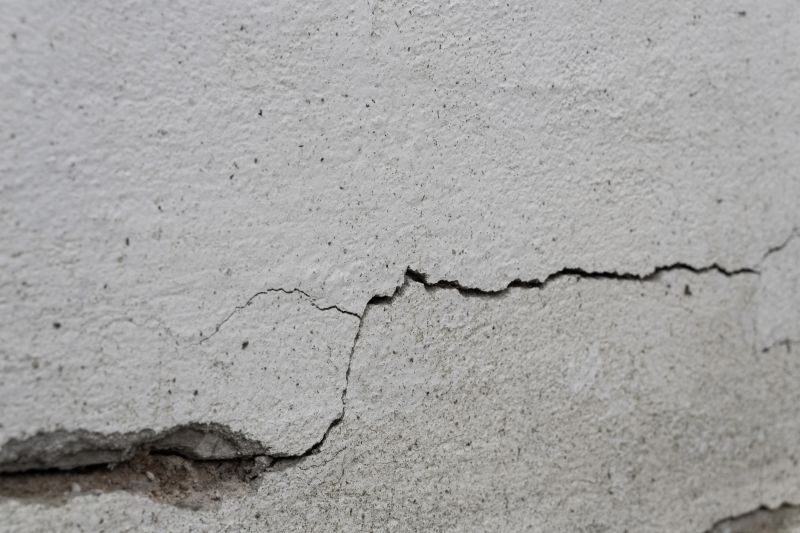
A frequent mistake in Foundation Repairs and how to dodge it.
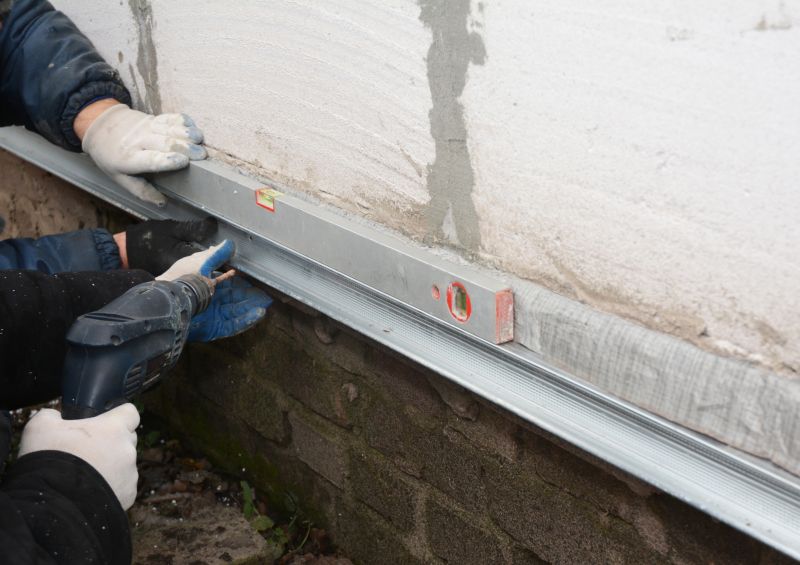
Small tweaks to make Foundation Repairs safer and easier to use.

Lower-waste or water-saving choices for Foundation Repairs.

The short, realistic tool list for quality Foundation Repairs.
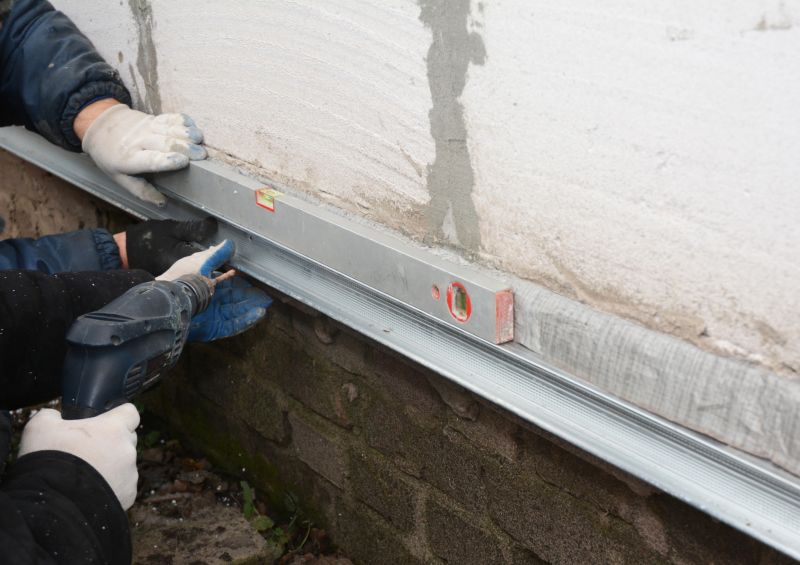
Rough timing from prep to clean-up for Foundation Repairs.

Quick checks and paperwork to keep after Foundation Repairs.

Examples that show the impact a good Foundation Repairs can make.
Understanding the timing for foundation repairs can help property owners plan effectively and avoid costly damages. Consulting with foundation specialists ensures repairs are scheduled during optimal conditions, prolonging the lifespan of the repair work and maintaining structural safety.


